The Best Tile Placement Board Games
All images courtesy of the respective publisher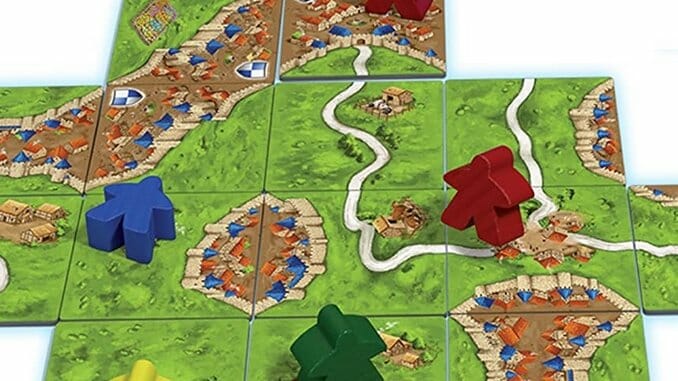
I recently reviewed Succulent, a new game that’s fun, smart, and a quick play. In the vernacular of board gaming, Succulent has two main mechanics: Tile placement and set collection. Both of these mechanics make some intuitive sense even to non-gamers, which I think is a big reason why they remain so popular in game design. Tile placement, in particular, is a major genre in the industry. It refers to any game where at least part of your moves involves placing tiles on to the main board, or creating the board as you go by laying those tiles. Playing Succulent made me think about the genre as a whole; as a result, here are my favorite tile placement games of all time.
5. Takenoko
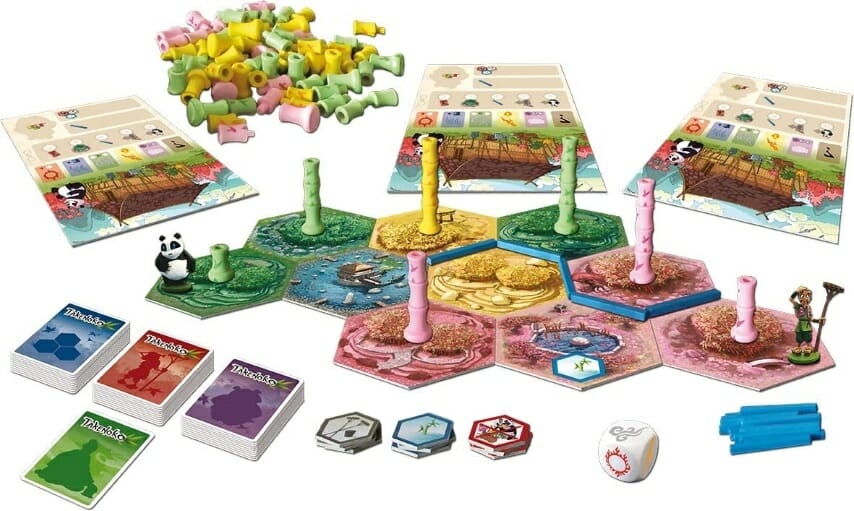
Tile-laying is just one part of this adorable game where players will move a panda figurine around the modular board, gathering bamboo shoots he eats, and moving a gardener figure around to grow back the bamboo. You score by completing objective cards that revolve around bamboo eaten, plants grown on specific tile colors, and the configurations of those tiles on the board. It’s a more involved game than you might guess at first glance, given the cute theme, but rewards both efficient use of your two actions each turn and quick movement through your objectives.
4. Samurai

Reiner Knizia’s great tile-laying game plays two to four on a map of feudal Japan, where you have a set of tiles that you’ll use to lay claim to three symbols scattered across the board. You win by gaining majorities in those symbols, but the heart of the game is the competition on the board—you know exactly what tiles your opponents have yet to play, and how much ‘power’ those have, so you end up planning out your tiles several moves in advance, trying to anticipate what your opponent(s) will do. It’s chess-like, but not quite at the same intensity of chess—just the right level of intensity for me.
3. Patchwork
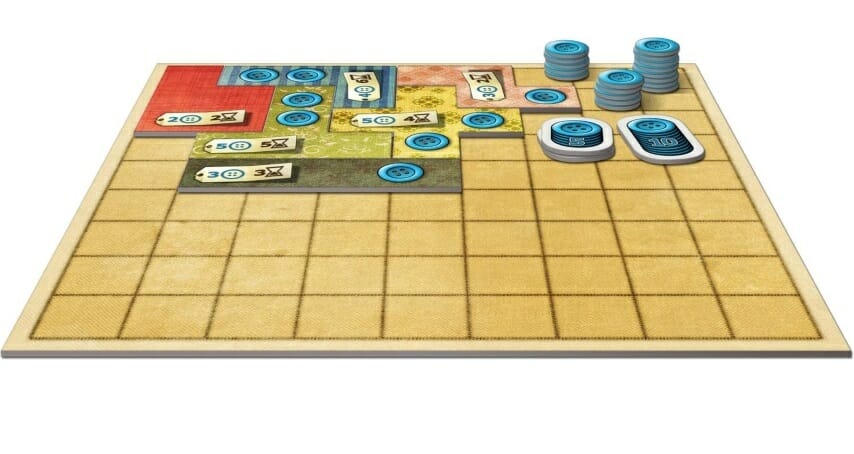
One of the best purely two-player games ever, Patchwork is from designer Uwe Rosenberg, whose games include heavyweight worker-placement games like Agricola and A Feast for Odin, and a series of games with polyomino-shaped tiles like Patchwork, Cottage Garden, and this year’s Spiel-nominated Nova Luna. Players select different-shaped pieces of “fabric” (it’s cardboard, really, don’t worry) from a circle that contains all of the game pieces, choosing just from the three ahead of the neutral marker, buying them with buttons, then potentially gaining more buttons when your progress marker passes the income lines on the track. You have a 9×9 board on which you place those tiles, and your final score is based on how many buttons you have less two points for each open space left on your board. There’s a kids’ version, Patchwork Express, but the main game is suitable for many younger players anyway.
2. The Castles of Burgundy
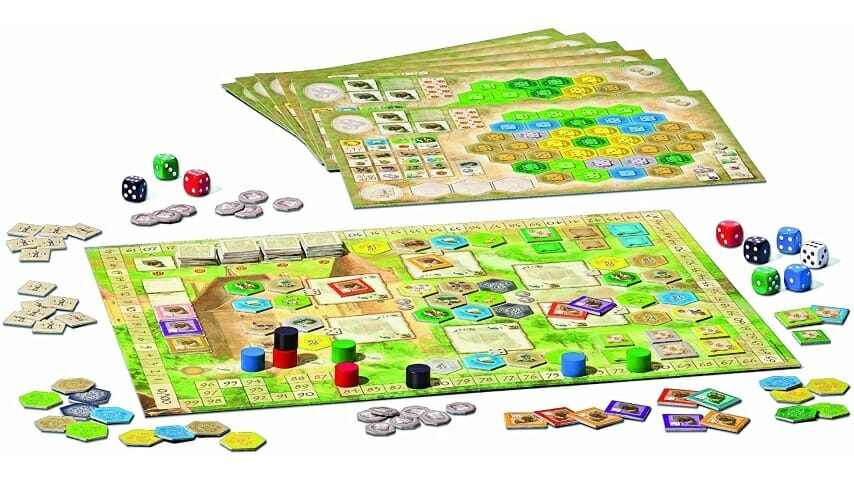
My favorite heavier-weight game, The Castles of Burgundy is also a “point salad” title, where you gain points from multiple different avenues that don’t always seem very connected. Players claim hexagonal tiles from a central supply and place them on their personal boards, which represent their own little principalities, showing six different terrain types, each of which scores in its own way. You can also get points for completing areas of each type of terrain, for filling all hexes on your board of a terrain type, for selling trade goods, and especially from yellow bonus tiles that can gain you up to 20 points in a game where 200-210 is usually a winning score.
1. Carcassonne
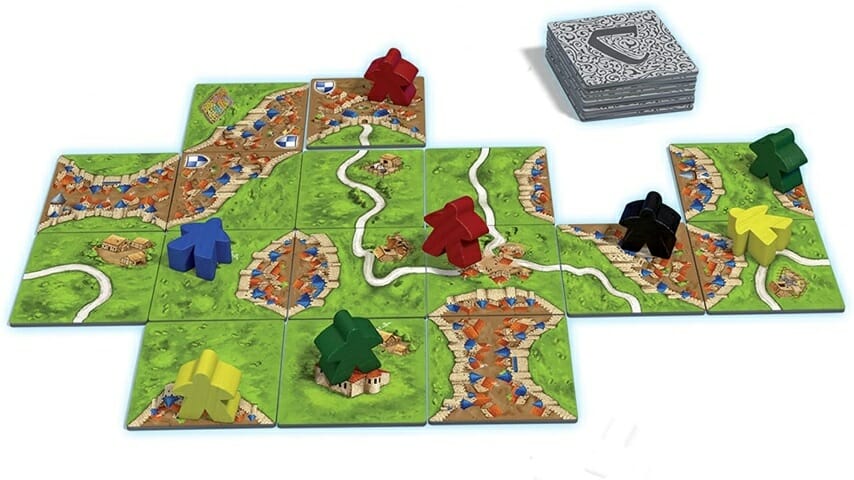
One of the greatest board games ever—I’d say among my personal favorites, it’s second only to 7 Wonders—Carcassonne is one of those games where you make the board as you play. On each turn, you draw one tile from the communal bag, and then must place that tile somewhere on the table adjacent to at least one tile already there, making sure that the borders of those tiles line up, whether it’s a road, a city, or a field. You score by completing cities and roads or surrounding tiles with abbeys, regaining your meeples once those are finished; or by placing farmers, meeples that remain on the board permanently and score only at game-end based on which cities are adjacent to their fields. There’s a huge take-that element, though, where you can try to combine your city with your opponent’s to steal some of their points, or place tiles in a way that makes it impossible for an opponent to finish a road or city, and thus to ever regain that meeple. Because you just draw and place, turns don’t take very long, and there are very few rules to learn in the base game (not counting the many expansions) for new players to get up to speed.
Other great tile-laying games: Kingdomino, Bärenpark, Cacao, Tigris & Euphrates, Glen More, Acquire.
Keith Law is the author of The Inside Game and Smart Baseball and a senior baseball writer for The Athletic. You can find his personal blog the dish, covering games, literature, and more, at meadowparty.com/blog.